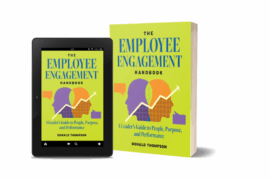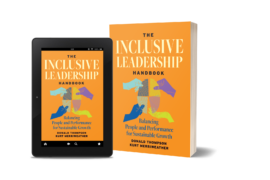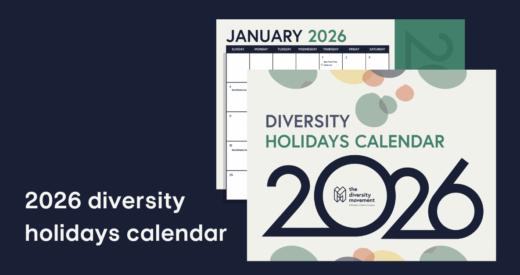The shifting landscape of diversity, equity, and inclusion (DEI) has placed organizations in a difficult position. Within days of taking office, the Trump administration issued executive orders ending federal DEI programs and directing government agencies to investigate private sector organizations with the policies. With increasing scrutiny from both government entities and politically motivated actors, corporate leaders must assess their risk tolerance, commitment to their mission, and ability to support all employees—particularly those from underrepresented backgrounds.
Based on recent discussions with C-Suite executives and board members across multiple organizations, three key themes have emerged: fear and uncertainty, reputational and legal risk, and the need for strategic adaptation. While many organizations remain committed to DEI, they are exploring how to balance compliance, risk management, and their core values without compromising their commitment to inclusion.

Key Insights from Leadership Discussions
1. Fear and Uncertainty Are Driving Decision-Making
Leadership teams and board members are expressing significant fear about potential government penalties, loss of funding, legal action, and political backlash. Some board members are advocating for a lower profile on DEI to avoid attention, while others insist on reaffirming their commitment to equity and inclusion. This divide is causing internal friction and slowing decision-making processes.
Takeaway: Organizations must separate real legal risks from perceived political pressure to make informed, fact-based decisions. Engaging legal counsel to review DEI policies can help clarify what remains legally sound while ensuring continued commitment to inclusivity.
2. Shifting Language, But Not Commitment to Organizational Values and People
Many companies are re-examining the terminology they use in DEI programs. The letters “DEI” have been misrepresented as quotas and preferences, making them a target. However, the principles of inclusion, accessibility, and fairness remain essential to create belonging and business success. Some organizations are considering rebranding their initiatives—e.g., moving toward terms like “inclusive leadership” or “workplace excellence”—while maintaining the same fundamental objectives.
Takeaway: Adjusting language strategically can reduce unnecessary scrutiny while preserving the essence of DEI work. When leaders make those adjustments, they must clearly communicate how they are continuing to support employees and how those initiatives align with company values. If leaders choose to retain specific DEI language, they should frame their programs as a business strategy that strengthens innovation, talent retention, and decision-making.
3. The Business Case for Staying the Course
Organizations that maintain their DEI commitments often cite long-term business resilience, talent pipeline sustainability, and competitive advantage. Studies continue to show that diverse teams outperform homogeneous ones, and companies with strong DEI practices attract and retain top talent—especially from younger generations who expect inclusive workplaces.
Case studies of companies like Costco and McKinsey show that organizations can uphold DEI principles while avoiding legal challenges by focusing on equity-driven business outcomes. Conversely, Target’s missteps in wavering on its DEI commitments have resulted in both backlash from diverse consumers and continued legal challenges.
Takeaway: Walking away from DEI may not reduce risk—it simply shifts it. Organizations that abandon their commitments risk alienating employees and customers, ultimately damaging their brand and long-term growth.

Conclusion: A Call to Thoughtful Action
The current climate demands strategic resilience rather than reactionary retreat. Organizations must balance risk mitigation, legal compliance, and unwavering commitment to inclusivity. The most successful companies will not simply abandon DEI efforts but will refine, reposition, and reinforce them in a way that aligns with their mission and long-term success.
By proactively engaging with legal experts, adapting messaging, and reaffirming DEI’s business value, leadership teams can navigate political shifts without compromising their values, their reputation, or their profitability. The question is not whether DEI should continue—it’s how to sustain it effectively amid changing tides.
Looking for actionable next steps? Use our leadership checklist, “How to Sustain DEI Amid Political Uncertainty,” to guide your DEI strategy and decision-making in today’s uncertain political climate.
Our team is working with senior leaders and corporate boards to refine the strategies they need to navigate the current DEI landscape. Learn how we can help you create an action plan through our Risk, Reputation and Resilience Executive Workshop designed specifically for your organization.
Kurt Merriweather, CDE, is an accomplished product strategist and business executive. He is co-founder and Vice President of Marketing & Innovation at The Diversity Movement. Connect with him on Linkedin.




